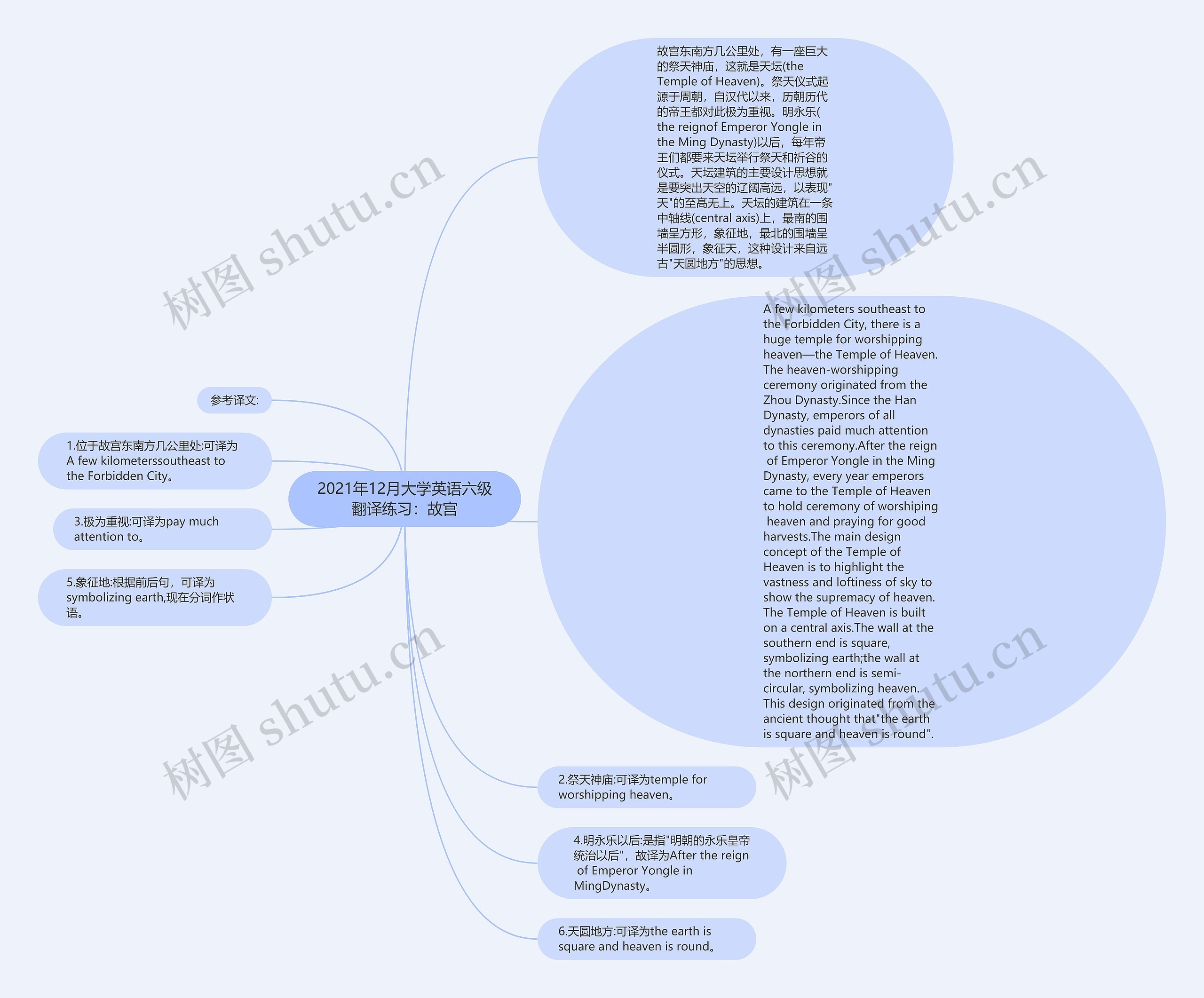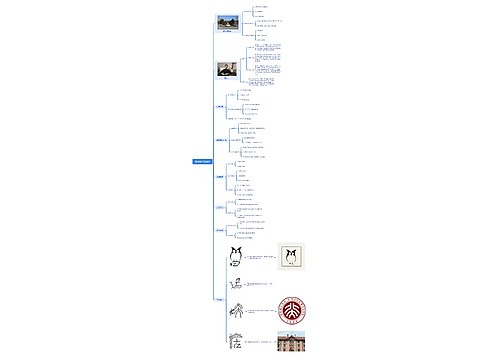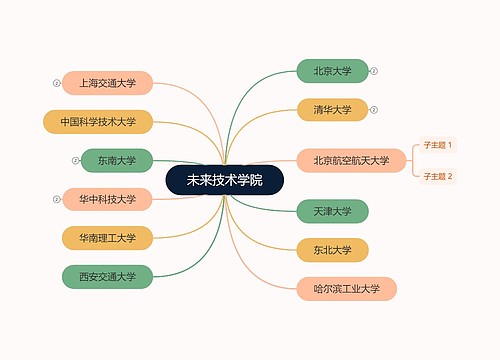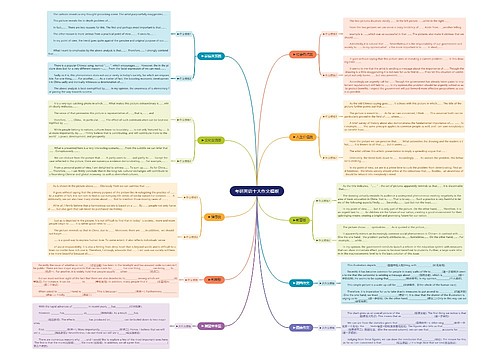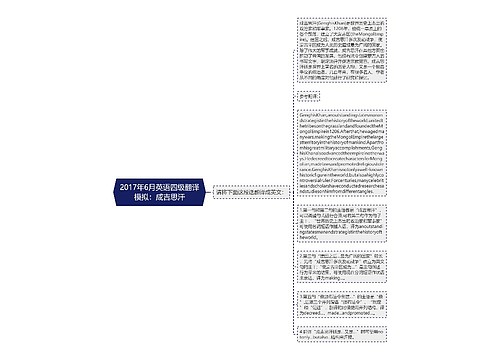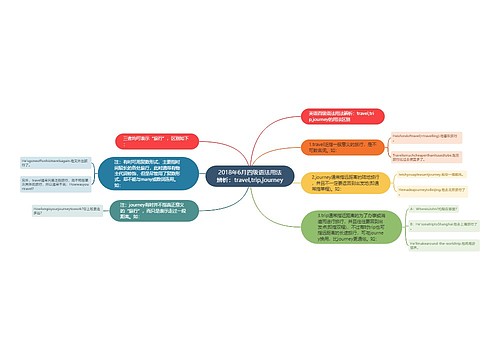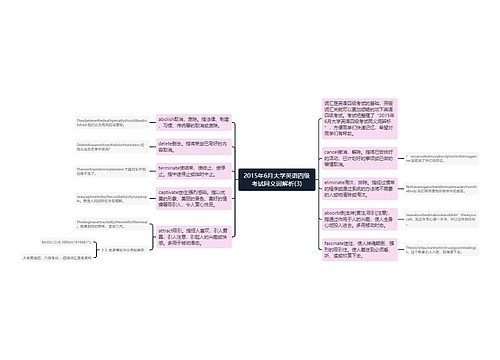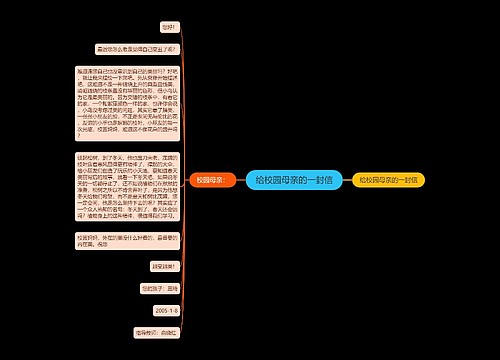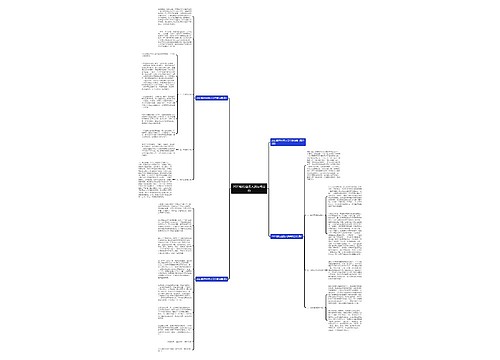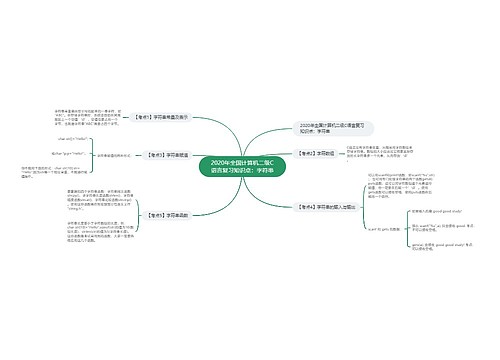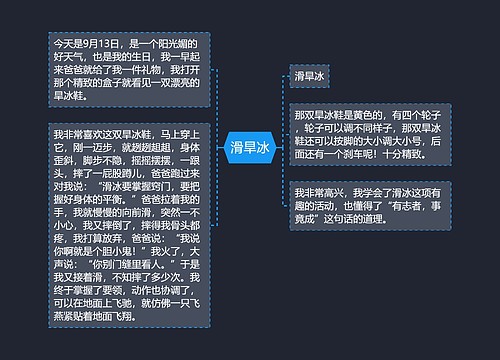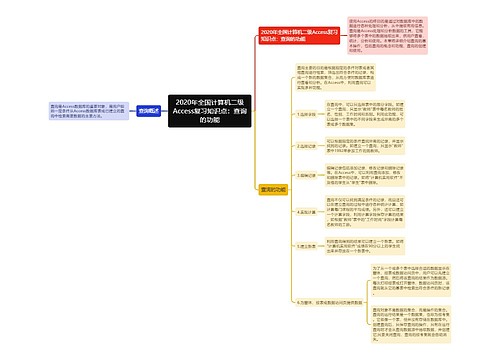故宫东南方几公里处,有一座巨大的祭天神庙,这就是天坛(the Temple of Heaven)。祭天仪式起源于周朝,自汉代以来,历朝历代的帝王都对此极为重视。明永乐(the reignof Emperor Yongle in the Ming Dynasty)以后,每年帝王们都要来天坛举行祭天和祈谷的仪式。天坛建筑的主要设计思想就是要突出天空的辽阔高远,以表现"天"的至髙无上。天坛的建筑在一条中轴线(central axis)上,最南的围墙呈方形,象征地,最北的围墙呈半圆形,象征天,这种设计来自远古"天圆地方"的思想。
A few kilometers southeast to the Forbidden City, there is a huge temple for worshipping heaven—the Temple of Heaven.The heaven-worshipping ceremony originated from the Zhou Dynasty.Since the Han Dynasty, emperors of all dynasties paid much attention to this ceremony.After the reign of Emperor Yongle in the Ming Dynasty, every year emperors came to the Temple of Heaven to hold ceremony of worshiping heaven and praying for good harvests.The main design concept of the Temple of Heaven is to highlight the vastness and loftiness of sky to show the supremacy of heaven.The Temple of Heaven is built on a central axis.The wall at the southern end is square, symbolizing earth;the wall at the northern end is semi-circular, symbolizing heaven.This design originated from the ancient thought that"the earth is square and heaven is round".
1.位于故宫东南方几公里处:可译为A few kilometerssoutheast to the Forbidden City。
2.祭天神庙:可译为temple for worshipping heaven。
3.极为重视:可译为pay much attention to。
4.明永乐以后:是指"明朝的永乐皇帝统治以后",故译为After the reign of Emperor Yongle in MingDynasty。
5.象征地:根据前后句,可译为symbolizing earth,现在分词作状语。
6.天圆地方:可译为the earth is square and heaven is round。
